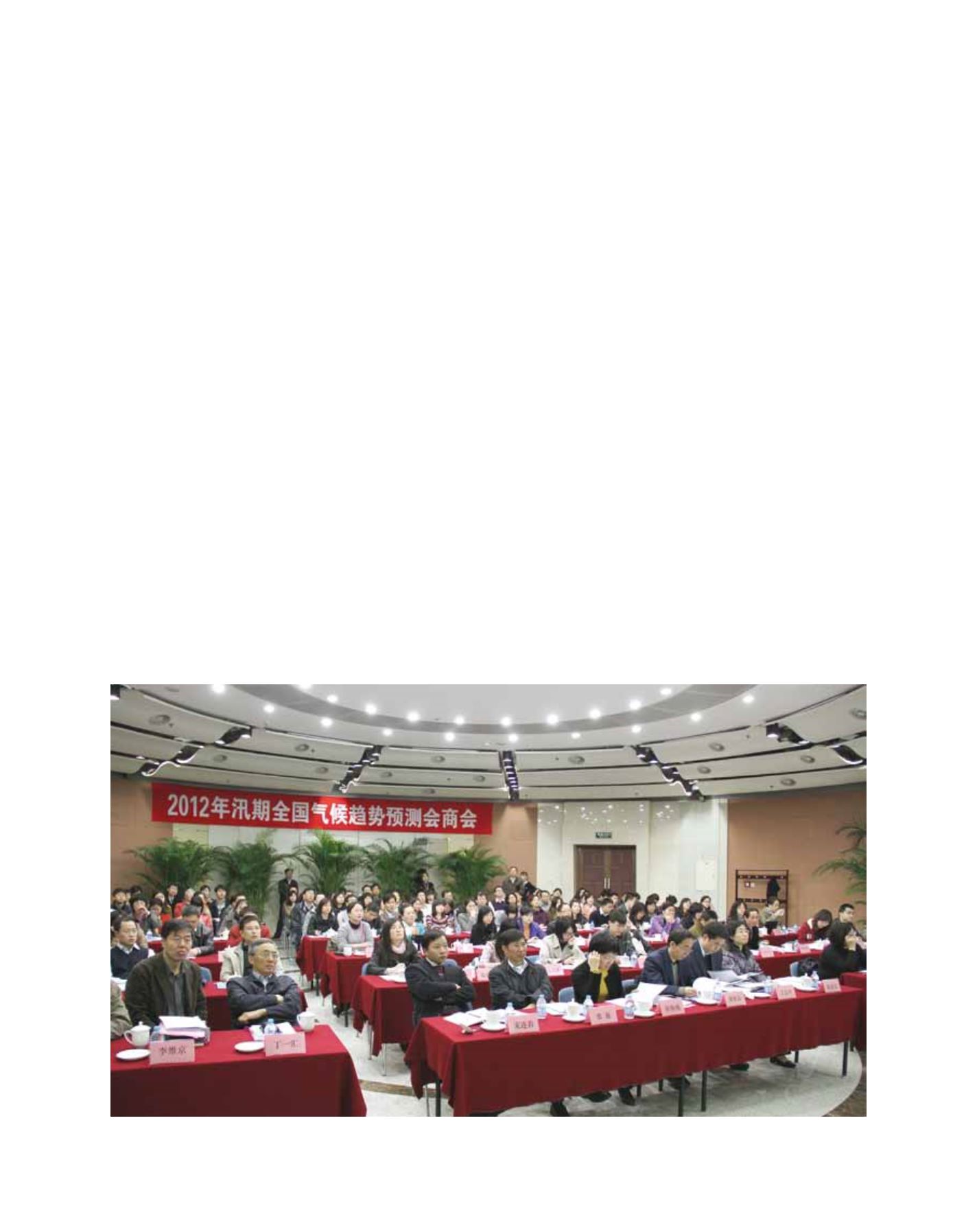

[
] 266
C
apacity
D
evelopment
climate predictions, BCC makes a pre-assessment of potential
agro-meteorological disaster risks for the next month by the end
of current month, and produces the Express Bulletin of Climate
Impact Assessment on Agriculture, which is delivered to the
Ministry of Agriculture Department of Crop Production.
• Pre-assessment and estimation of climatic conditions for criti-
cal farming seasons – BCC conducts the impact pre-assessment
based on climate prediction information including spring
seeding conditions in South China and south of Yangtze River,
initial frost date, cold dew wind in the south, low temperature
in the north-east in summer, and the forest and grassland forest
danger index. In December every year, BCC produces an Annual
Outlook on Agro-meteorology based on the annual climate
prediction and analysis.
Work process and mechanisms
CMA is a competent government agency responsible for provid-
ing various climate services. CMA provides not only basic data and
prediction services, but also information for the public, government
and special users in support of their decision-making. It focuses
primarily on addressing climate risks, response to meteorologi-
cal disasters, and the use of climate resources. For last 10 years,
CMA has established this mechanism for climate service delivery in
combination of government leadership, multi-sectoral synergy and
social participation.
So far, CMA has effectively cooperated with the Ministry of
Agriculture, Ministry of Water Resources, Ministry of Land and
Resources, State Forestry Administration and the Ministry of Health.
The products and information generated through collaborations
have played an active role in socioeconomic activities, disaster
prevention and preparedness.
Consultation process
The national experts in the field of climate prediction
gather to address the issues related to the flood-prone
season predictions from different perspectives. After
different units independently complete their individual
forecasts, the National Climate Center will take the lead
in organizing a national consultation meeting to achieve
a consensus-based prediction for the flood-prone
season, inviting the main research institutes, univer-
sities, provincial climate operational units and related
service centres engaged in climate prediction. Through
the consultation, they will elaborate and discuss the
national climate trends of the upcoming flood season
in the current year, and reach a consensus by consider-
ing comments from the different units. The National
Climate Center will submit the final result to CMA for
official release.
Prediction methodology
Climate trend prediction for the flood-prone season
in China began in the 1950s, and it has gone through
several stages since then. Early on, CMA mainly used
statistical correlations and an analysis approach to
make flood-prone season forecasts, and established a
number of objective statistical methods for quantita-
tive prediction later on. With the ocean-atmosphere
coupled model developed by the National Climate
Center being put into operation in 2005, the dynamic
model – and prediction methods combining statis-
tics with dynamics – have played a more important
role in preparing predictions for a flood-prone season.
Image: BCC
Climate Prediction Consultation Meeting for Summer Season
















